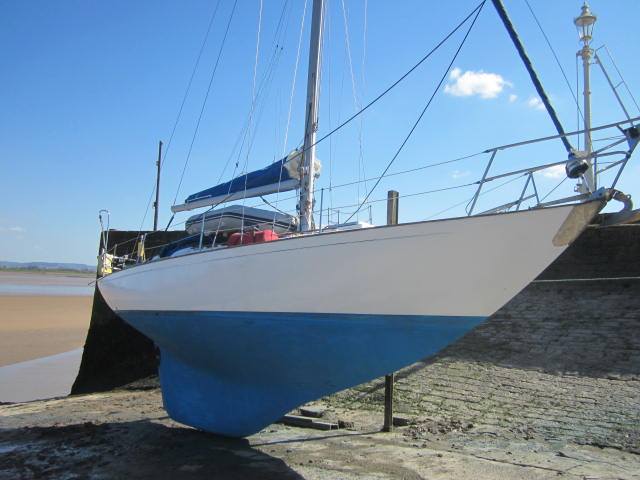Who are they and what do they do?
A Marine Surveyor usually starts his or her career as a self-employed professional Naval Architect, Mechanical or Marine Engineer or sometimes, boat-builder – or occasionally all four rolled into one.
The marine surveying profession is probably one of the most arcane occupations in the maritime industry, the Surveyor’s days being spent in clambering in and out of very confined spaces, crawling about in evil smelling bilges and periodically, even nastier smelling river mud; followed by many hours at a keyboard compiling the report.
A considerable amount of heaving about of sail-bags, heavy boat equipment, seat cushions, outboard engines, dinghies, life-rafts etc, not to mention anchors and chain are all in the day’s work for the Yacht Surveyor. However, the compensations are freedom from routine, an open air life and the occasional trip in an interesting yacht!
The Yacht Survey profession has historically been predominantly a male preserve, although there are nowadays an increasing number of female Marine Surveyors.
There are many good Marine Surveyors engaged in the Surveying of Yachts and Boats around the Yachting Centres and Harbours of the World. Most Yacht Surveyors are members of professional engineering institutions such as RINA or trade organisations, such as the Y.B.D.S.A. and BMIF.
Some Boat Surveyors specialise in surveying timber yachts and classic boats, although a good Yacht Surveyor will be competent to survey yachts and boats constructed from Aluminium, GRP (fibreglass) Steel, ferro-cement, Wood and sometimes, exotic combinations of these materials. Marine Surveyors often specialise in, for example, timber boats, or maybe steel yachts, whilst other Surveyors may concentrate on GRP (fibreglass) sailboats.
Wooden boats and classic wooden yachts come in all shapes and sizes; some are cold-moulded, some are clinker built (lap-strake), some are carvel with caulking between the plank edges, some are Colin-Archer style “double-ender” cruising yachts and some may be classic racing yachts with a counter-stern and long-keel, such as the famous J class boats like Velsheda and Endeavour.
There are many different kinds of Yacht Survey, some Marine Surveyors will carry out a Pre Purchase Survey and include a Valuation for Marine Insurance, whilst others quote for just a Hull-Survey and will carry out a Survey of Rigging and Sails as a separate item. A Full Condition Survey generally means an inspection of the yacht from the masthead to the ballast keel, and from stem to stern, covering all of the boat’s hull, deck, machinery, navigation equipment, rigging and sails.
It is the Boat-Owner’s (or the client commissioning the boat survey) responsibility to arrange for the yacht to be lifted out at a Marina or Boat Yard, then safely chocked off and the hull pressure-washed to remove all marine growth from the boat’s bottom.
The yacht (in-theory anyway!) should be completely cleared out by the client, prior to the survey; however, more often than not this just doesn’t happen and the surveyor finds him or herself heaving the contents of the yacht from one side to the other, or from one end to the other in order to examine the hull fully.
If a sailing trial is to be conducted by the yacht surveyor, this is usually carried out before lifting the boat out of the water for the survey.
You will find lots more information about other aspects of the Marine Surveyor’s profession on our other pages and many interesting and unique pictures of Modern Yachts and Classic Boats, so please click on the page links at the top of this page and enjoy your visit to our Marine Surveying site.
If you have any questions please email us at info@classicboatsurveys.com or telephone 44 (0) 7472 813413 for a chat about Marine Surveying.
